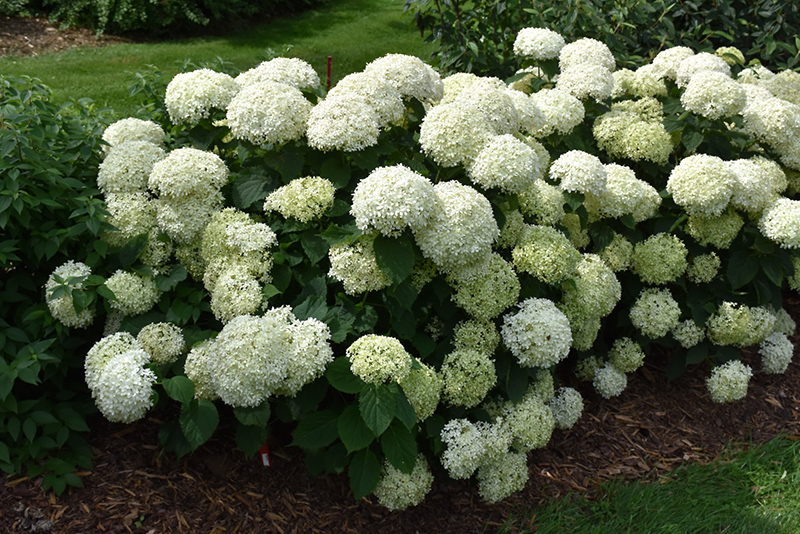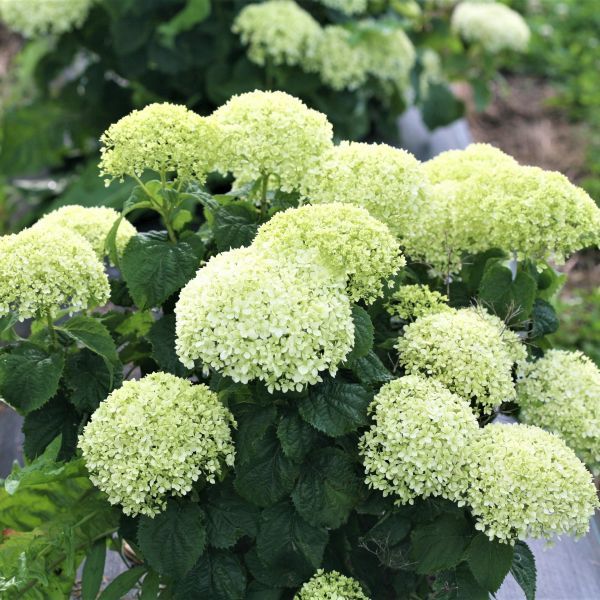How To Grow Hydrangea Limetta For Stunning Blooms
How to Grow Hydrangea Limetta for Stunning Blooms
Hydrangea Limetta is a beautiful and easy-to-grow shrub that produces lime green flowers from early summer to fall. It is a relatively compact variety, reaching only 3-4 feet tall and wide, making it ideal for smaller gardens or containers. Hydrangea Limetta is also relatively low-maintenance, requiring only moderate watering and fertilizing.
If you are looking for a stunning shrub that will add color and interest to your garden, Hydrangea Limetta is a great choice. Here are some tips on how to grow it successfully:
Choose the right location. Hydrangea Limetta prefers full sun to partial shade. In hot climates, afternoon shade is beneficial. The soil should be well-drained but moist.
Plant in the spring or fall. When planting, dig a hole that is twice as wide and deep as the root ball. Backfill the hole with soil, being careful not to bury the crown of the plant. Water well after planting.
Water regularly. Hydrangea Limetta needs to be watered regularly, especially during hot, dry weather. Water deeply, so that the water reaches the roots.
Fertilize in the spring. In the spring, fertilize Hydrangea Limetta with a balanced fertilizer. A fertilizer that is high in nitrogen will help to promote new growth and blooms.
Prune in the spring. In the spring, after the last frost, prune Hydrangea Limetta to remove any dead or damaged wood. You can also prune to shape the plant or to encourage more blooms.
Overwinter in cold climates. In cold climates, Hydrangea Limetta may need to be protected from the cold. You can do this by covering the plant with a burlap sack or by wrapping the roots with a layer of mulch.
With proper care, Hydrangea Limetta will reward you with stunning blooms for many years to come.
Main Content
Here are some additional tips for growing Hydrangea Limetta:
- Mulch around the plant to help retain moisture and suppress weeds.
- Remove spent blooms to encourage new growth.
- Divide the plant every 3-4 years to keep it healthy and vigorous.
Hydrangea Limetta is susceptible to a few pests and diseases, but they are usually easy to control.
- Aphids can be controlled with insecticidal soap or neem oil.
- Scale insects can be controlled with horticultural oil.
- Powdery mildew can be controlled with a fungicide.
If you are experiencing problems with your Hydrangea Limetta, consult with a local nursery or garden center for help.
Conclusion
Hydrangea Limetta is a beautiful and easy-to-grow shrub that can add color and interest to any garden. With proper care, it will reward you with stunning blooms for many years to come.
If you're looking for a hydrangea that's both beautiful and low-maintenance, the Invincibelle Limetta is a great option. This dwarf hydrangea produces large, lime-green flowers that bloom from early summer to fall. The flowers are held upright on strong stems, so they won't flop over even in heavy rain or wind. Invincibelle Limetta is also very easy to care for. It prefers full sun to partial shade and well-drained soil. Once established, it is drought-tolerant and relatively pest-free.
To learn more about Invincibelle Limetta, visit . This website has a wealth of information about the plant, including its care requirements, planting tips, and pest and disease prevention. You can also find photos of the plant in bloom, as well as stories from other gardeners who have grown it.
FAQ of hydrangea limetta
- What is hydrangea limetta?
Hydrangea limetta is a type of hydrangea that is known for its lime-green flowers. It is a deciduous shrub that can grow up to 6 feet tall. Hydrangea limetta is native to China and Japan.
- What are the care requirements for hydrangea limetta?
Hydrangea limetta is a relatively low-maintenance plant. It prefers full sun to partial shade and moist, well-drained soil. It should be watered regularly, especially during hot, dry weather. Hydrangea limetta does not require regular pruning, but it can be pruned in early spring to remove dead or damaged branches.
- What are the common pests and diseases of hydrangea limetta?
The most common pests of hydrangea limetta are aphids, spider mites, and scale insects. These pests can be controlled with insecticidal soap or neem oil. The most common diseases of hydrangea limetta are leaf spot and powdery mildew. These diseases can be prevented by watering the plant at the base and avoiding overhead watering. If the plant does develop a disease, it can be treated with a fungicide.
- How do I get my hydrangea limetta to bloom?
Hydrangea limetta blooms on new wood, so it is important to prune the plant in early spring. Pruning should remove about one-third of the plant's growth. Hydrangea limetta also needs a balanced fertilizer, such as a 10-10-10 fertilizer. The fertilizer should be applied in early spring and again in late summer.
- How do I overwinter hydrangea limetta?
Hydrangea limetta is hardy in USDA zones 3-9. In colder zones, the plant may need to be protected from winter winds and cold. This can be done by wrapping the plant in burlap or by planting it in a sheltered location.
Image of hydrangea limetta
- Limetta Hydrangea in full bloom. The flowers are a soft pink color and form large, rounded clusters.

- Limetta Hydrangea in a garden setting. The plant is surrounded by other flowers and shrubs, and the flowers are reflected in a pond.

- Limetta Hydrangea up close. The individual flowers are small and delicate, but they are arranged in a way that creates a stunning display.

- Limetta Hydrangea leaves. The leaves are a deep green color and have a slightly serrated edge.
- Limetta Hydrangea in fall. The flowers fade to a light pink color, and the leaves turn a bright yellow.

Post a Comment for "How To Grow Hydrangea Limetta For Stunning Blooms"